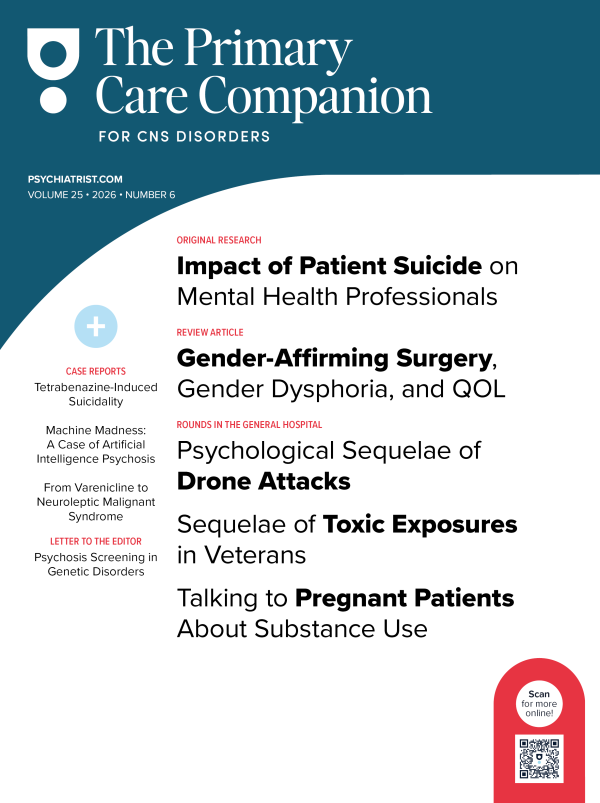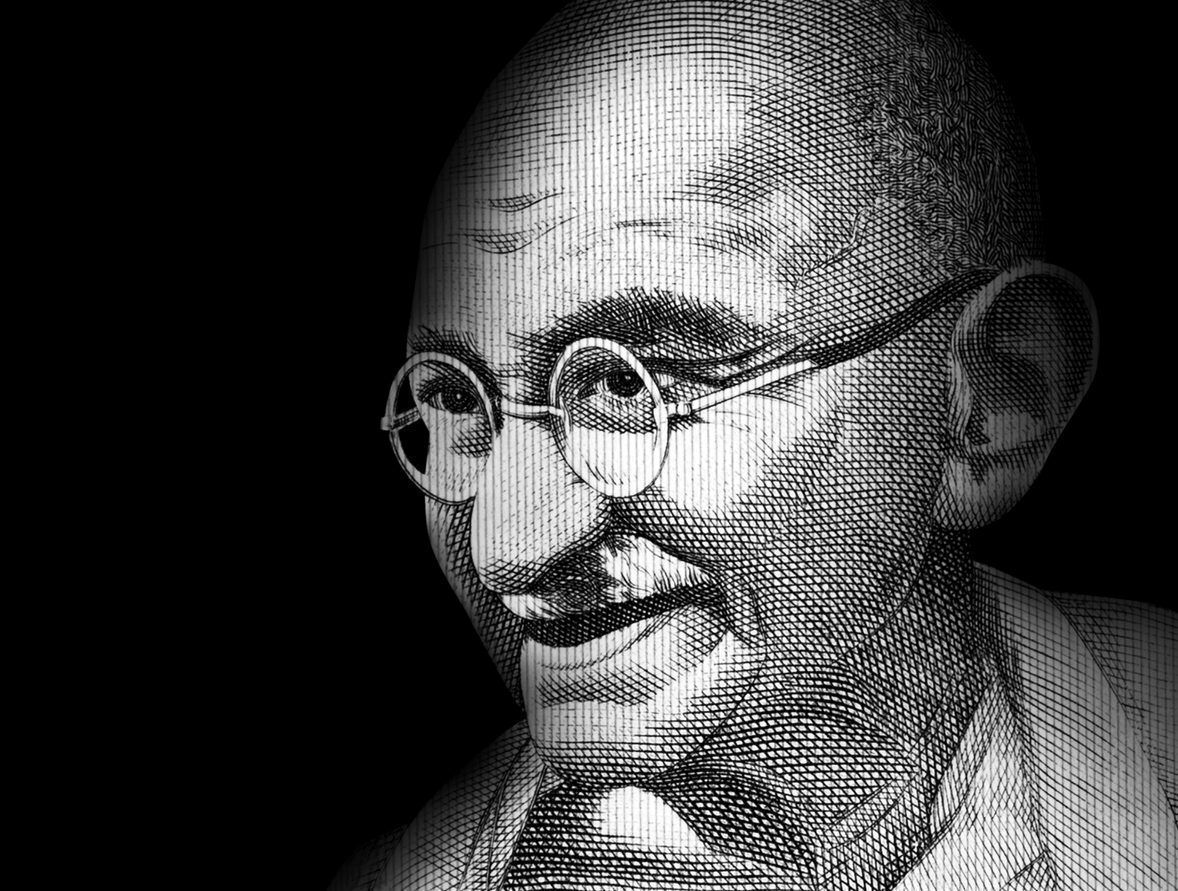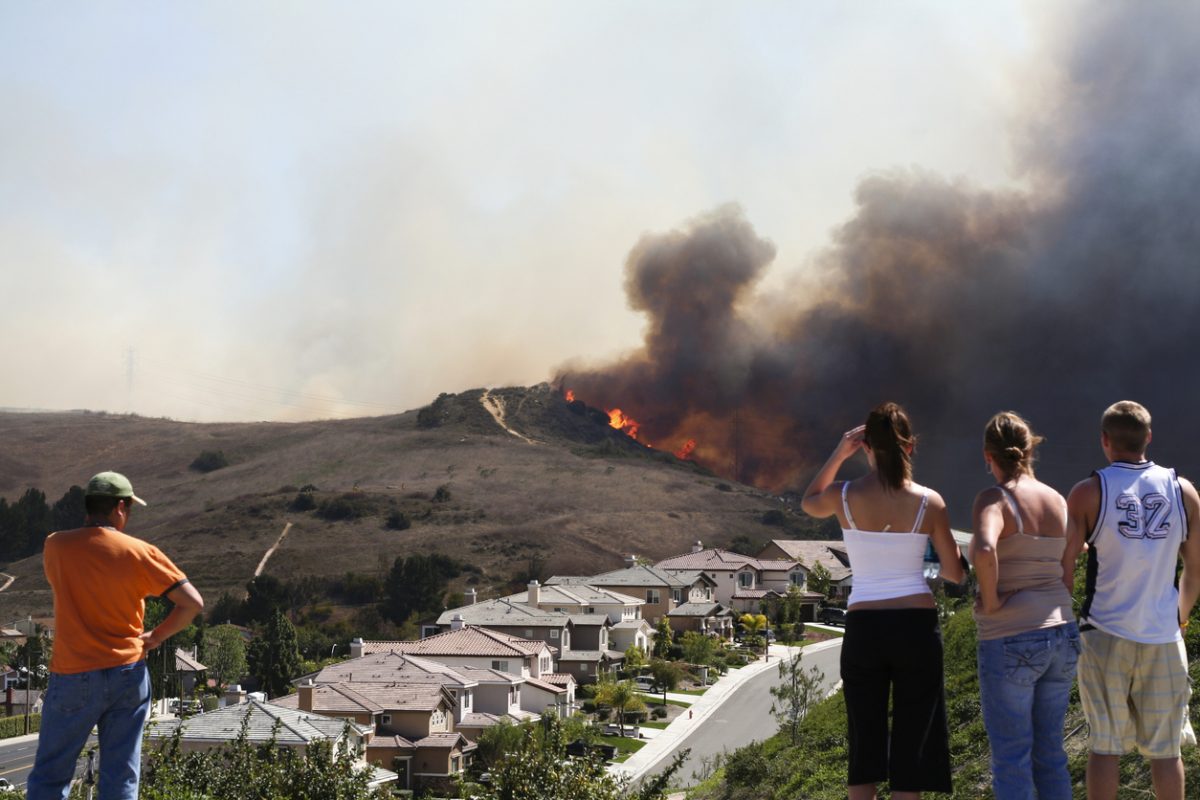
Staff Morale and Well-Being During the COVID-19 Pandemic
Frontline health care staff currently face immense pressures as a consequence of coronavirus disease 2019 (COVID-19). They are working with a potentially fatal disease and are encountering frequent clinical dilemmas. They may be working with constrained or inadequate resources both to protect themselves, in the form of personal protective equipment, and to ensure patients receive optimal care. They may feel dehumanized and exploited as a result of these issues.1 Their social networks may be affected, with some living away from their families as a precautionary measure. There are concerns that individuals may also experience moral injuries as a result of not being able to provide their desired level of care because of the limited resources.
A moral injury can be conceptualized as the resultant psychological distress emerging from an action or an omission that did not adhere to the subject’s moral or ethical code.2 A moral injury may contribute to the development of recognized mental illness such as depression, posttraumatic stress disorder, substance misuse, and even completed suicide.2,3 There is a consensus among psychiatrists that staff should be adequately prepared and supported to make these challenging clinical decisions.2 Greenberg et al2 have suggested the use of Schwartz rounds, which provide a forum and safe space for health care staff to reflect and discuss the emotional and social challenges they encounter. They add that the likelihood of a person developing a psychological injury or growth is influenced by the manner in which they were supported before, during, and after the crisis situation. They refer to the benefits of peer support and the significance of appropriate after care.2
There is evidence to suggest that social cohesion and comradery within staff groups have positive effects on individual mental well-being.4 Staff should be encouraged to maintain their social networks and actively take steps to unwind from work in their personal time. They should be reminded of the importance of good sleep, healthy diet, and physical activity. They can be referred to self-help-based therapies including mindfulness and meditation-based exercises. Team building and group training programs can reinforce staff bonding. The operational policy for protecting staff mental health in the specialist COVID-19 hospitals in the United Kingdom suggests using a work buddy scheme wherein altruistic behavior is encouraged. The policy also highlights the benefits of effective leadership during this time of crisis.4
There is recognized benefit from regular supervision and a leader who frequently checks in on the well-being of their staff.4 Supervisors should be attuned to the holistic and spiritual needs of colleagues and take an active interest in identifying those who may be affected by external stressors. A supervisor who is approachable, promotes a positive working environment, and has some understanding of psychological well-being can make a difference in future staff outcomes. Supervisors may require a brief training intervention to improve their understanding of monitoring and promoting mental well-being.
Individuals can benefit from a reward-based system in which they are praised and appreciated for their contribution at the end of a working shift. Anecdotally, the weekly public tribute in the United Kingdom, which celebrates the work of health care staff, may be instilling a sense of pride in the national workforce and assisting individual psychological growth. Formal psychological debriefing lacks evidence and may cause further harm. A post shift review meeting facilitated by the senior staff member on the floor should be promoted.4 This scenario would provide a supportive space for staff to openly discuss the course of their shift and any positive or negative events. The encounter may also help in identifying individuals who appear to be struggling and prompt a private meeting between a supervisor and staff member. Active monitoring is a recognized intervention in trauma management, and it is imperative that there is early identification and management of staff members who may require more specialist intervention.
The prolonged periods of stress from COVID-19 with the associated emotional distress may lead to adverse health consequences such as staff burnout. Burnout was already recognized globally as a problem but is likely to be exacerbated by the pandemic. A 2018 survey of US physician practice patterns and perspectives revealed that 78% of physicians had burnout.5 Additionally, the findings of the British Medical Association 2019 survey showed that 80% of doctors were at high or very high risk of burnout.5 Health care staff burnout has considerable negative impact including the propensity to affect both patient care and workforce retention.6
Burnout can be defined as "an affective reaction to ongoing stress whose core content is the gradual depletion over time of individual’s intrinsic energetic resources."7(p426) The 2 core components of the burnout syndrome are exhaustion and disengagement. Exhaustion is a consequence of the intensive physical, affective, and cognitive strain from excessive job demands.8 Disengagement is defined as the distancing of an individual from their work.8 Workforce burnout is now recognized as a diagnosable condition in the ICD-11.3 Staff burnout can be measured using standardized instruments such as the Maslach Burnout Inventory9 or Oldenburg Burnout Inventory.10,11
Good leadership will play an essential role in alleviating staff burnout. Leadership can be defined as the art of motivating a group of people to act toward achieving a common goal.12 We write in support of good leadership and, in particular, distributed leadership, whereby senior clinical leaders and managers model the behavior expected of staff within their respective organizations. The emphasis should be placed on staff empowerment13 through this leadership style. Effective leadership should permeate each aspect and level of health service, from senior management to the frontline.
Although we acknowledge the current difficulties, it is essential that efforts are made toward adequately resourcing and monitoring individual job demands to prevent burnout.14 The use of a screening tool measuring staff burnout both during and after this crisis may help quantify the depth of this problem. We recognize the difficulties of implementing a rating scale given current clinical demands and also that these tools are normally used in research settings. Screening measures can have a number of weaknesses in providing an accurate representation of the actual numbers impacted by burnout. The concerns regarding the confidentiality of the process and potential repercussions may affect individual staff responses.4 The specific timing of the study may provide unreliable findings.4 However, the tool could be administered at periodic intervals on less intensive shifts and its wider use considered when this crisis has settled and staff have had time to recover. One advantage of using a validated scale is to help clarify the prevalence of burnout in specific work settings while also measuring the outcome of targeted interventions.
Overall, systemic change with a human-centered approach1 will be required of health care organizations following resolution of COVID-19. This crisis highlights that employees remain one of the, if not the most, important assets within any health care organization.
Received: April 22, 2020.
Published online: June 4, 2020.
Potential conflicts of interest: None.
Funding/support: None.
REFERENCES
1.The Lancet. Physician burnout: the need to rehumanise health systems. Lancet. 2019;394(10209):1591. PubMed CrossRef
2.Greenberg N, Docherty M, Gnanapragasam S, et al. Managing mental health challenges faced by healthcare workers during COVID-19 pandemic. BMJ. 2020;368:m1211. PubMed CrossRef
3.Kopacz MS, Ames D, Koenig HG. It’s time to talk about physician burnout and moral injury. Lancet Psychiatry. 2019;6(11):e28. PubMed CrossRef
4.Greenberg N. Nightingale Mental Health Team Standard Operating Procedure. Version 2.3. Owner of SOP: Professor Neil Greenberg. Last update: 06/04/2020.
5.The Lancet. Physician burnout: a global crisis. Lancet. 2019;394(10193):93. PubMed CrossRef
6.Bhatnagar G. Physician burnout. Lancet. 2020;395(10221):333. PubMed CrossRef
7.Demerouti E, Bakker A, Nachreiner F, et al. From mental strain to burnout. Eur J Work Organ Psychol. 2002;11(4):423-441. CrossRef
8.Demerouti E, Mostert K, Bakker AB. Burnout and work engagement: a thorough investigation of the independency of both constructs. J Occup Health Psychol. 2010;15(3):209-222. PubMed CrossRef
9.Maslach C, Jackson SE. The measurement of experienced burnout. J Organ Behav. 1981;2:99-113. CrossRef
10.Dahlin M, Joneborg N, Runeson B. Performance-based self-esteem and burnout in a cross-sectional study of medical students. Med Teach. 2007;29(1):43-48. PubMed CrossRef
11.Halbesleben J, Demerouti E. The construct validity of an alternative measure of burnout: investigating the English translation of the Oldenburg Burnout Inventory. Work Stress. 2005;19(3):208-220. CrossRef
12.Sharma MK, Jain S. Leadership management: principles, models and theories. Global J Management and Business Studies. 2013;3(3):309-318.
13.Olsen E, Bjaalid G, Mikkelsen A. Work climate and the mediating role of workplace bullying related to job performance, job satisfaction, and work ability: a study among hospital nurses. J Adv Nurs. 2017;73(11):2709-2719. PubMed CrossRef
14.Rodwell J, Demir D, Steane P. Psychological and organizational impact of bullying over and above negative affectivity: a survey of two nursing contexts. Int J Nurs Pract. 2013;19(3):241-248. PubMed CrossRef
aWaltham Forest Mental Health Team, North East London Foundation Trust, Red Oak Lodge, London, England
bBarnet, Enfield and Haringey Mental Health NHS Trust, London, England
*Corresponding author: Ahmed Saeed Yahya, MRCPsych, Waltham Forest Mental Health Team, North East London Foundation Trust, Red Oak Lodge, London, England E11 4HU ([email protected]).
Prim Care Companion CNS Disord 2020;22(3):20com02645
To cite: Yahya AS, Khawaja S, Chukwuma J. Staff morale and well-being during the COVID-19 pandemic. Prim Care Companion CNS Disord. 2020;22(3):20com02645.
To share: https://doi.org/10.4088/PCC.20com02645
© Copyright 2020 Physicians Postgraduate Press, Inc.
Please sign in or purchase this PDF for $40.00.




